

How to Create a Compost System for Limited Outdoor Space
Introduction
Composting is more than a buzzword; it’s a magical transformation! You can turn kitchen scraps into nutrient-rich soil, nourishing your plants while saving the planet. But what if you’re living in a tiny apartment or have a postage stamp-sized yard? No worries! This guide is here to help you create a composting system tailored to your limited space.
Even if your outdoor area is about as big as a cat’s litter box, you can still compost. With methods like worm farms and Bokashi bins, you can reduce waste and cultivate a thriving garden. Imagine tossing those banana peels and coffee grounds into your compost bin instead of the trash—it’s a small step with a big impact!
Let’s get our hands dirty (figuratively, of course) and uncover the best composting methods that fit your compact lifestyle. From setting up a worm haven to mastering the art of Bokashi, you’ll soon be a composting champ, all while keeping your environment tidy and green.
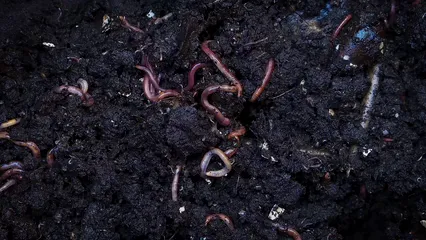
Summary
In this article, we’ll break down the exciting world of composting for small spaces. Forget the myth that you need a sprawling backyard to compost effectively! We’ll introduce you to multiple methods that fit snugly into apartments, balconies, or tiny yards.
You’ll learn about vermicomposting, where worms do the heavy lifting, and Bokashi, which allows you to ferment food scraps indoors. We’ll share step-by-step guides, including what materials you can compost and how to manage any pesky odors or unwanted critters.
Additionally, we’ll highlight community composting options and show you how you can connect with others in your area. By composting, you’ll not only reduce landfill waste but also enrich your soil and lessen your carbon footprint.
So, roll up those sleeves! By the end of this article, you’ll be equipped to embark on your composting adventure, even if your outdoor space is limited. Let’s make some compost magic happen!
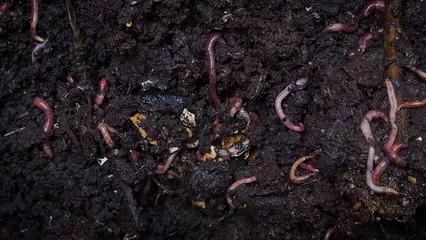
Understanding Composting
What is Composting?
Composting is the process of recycling organic waste. It turns food scraps and yard waste into valuable soil amendments. Imagine tossing your vegetable peels into a bin instead of the trash. Over time, those scraps break down, creating compost. This magic happens through decomposition—nature’s way of recycling.
Decomposition involves microorganisms, like bacteria and fungi. They break down organic matter, transforming it into nutrient-rich compost. It’s an intricate dance of nature where waste becomes life!
Composting is vital for the environment. It reduces landfill waste, lowers carbon emissions, and enriches soil health. Instead of rotting in a landfill, your scraps can nourish your garden. Composting helps keep our planet green and healthy.

Benefits of Composting
Composting brings a plethora of benefits to the table—literally! First, it significantly reduces landfill waste. When you compost, you divert organic materials that would otherwise generate harmful methane emissions.
Next, compost enhances soil health. It improves soil structure, increases moisture retention, and boosts nutrient levels. Your plants will thank you with bountiful blooms and delicious produce!
Moreover, composting lowers greenhouse gas emissions. By recycling organic matter, you help mitigate climate change. It’s a small change that packs a powerful punch for our planet.
Finally, composting enhances plant growth. The rich nutrients in compost feed your plants, helping them thrive. Whether you’re growing a lush garden or potted herbs, compost is your secret weapon for success.
In short, composting is an eco-friendly practice that benefits both you and the environment. It’s time to embrace this sustainable method and watch your garden flourish!
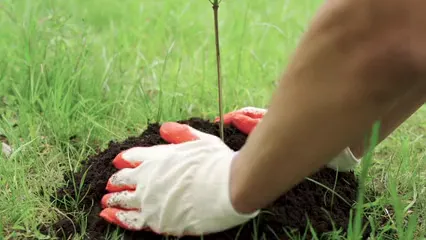
Community Composting Options
What is Community Composting?
Community composting is a collaborative effort where neighbors and local organizations come together to manage composting systems. It often involves shared compost bins, where everyone can contribute their food scraps. This approach not only reduces waste but also fosters a sense of community. Imagine transforming your banana peels into black gold alongside your neighbors! Many cities offer community composting programs that provide resources and guidance. Some even have dedicated drop-off sites for those who can’t compost at home. By participating, you help reduce landfill waste and nourish local soil health.
Community composting can be a great way to connect with others while reducing waste. Explore options for composting in small spaces.
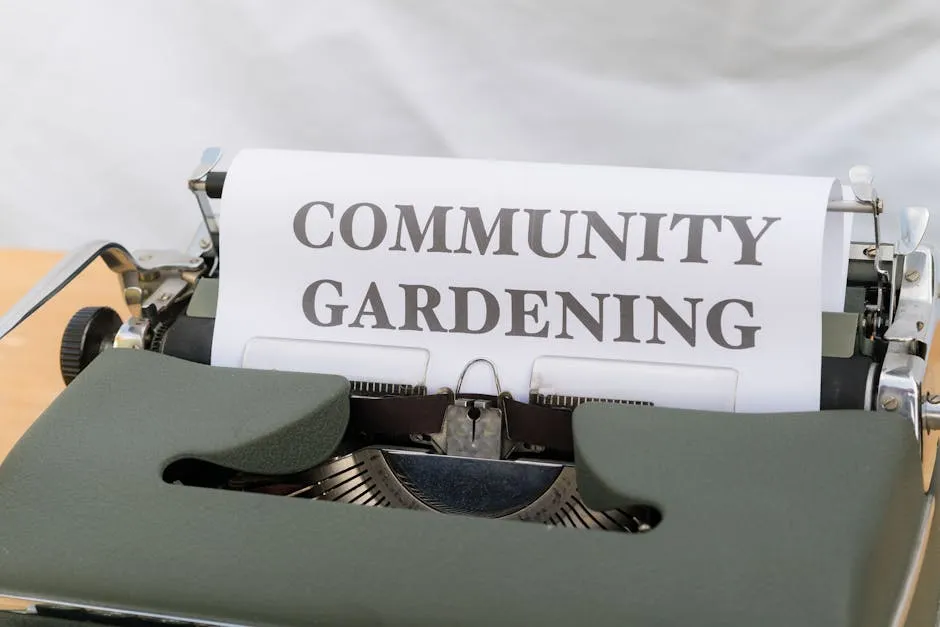
How to Get Involved
Getting involved in community composting is easier than pie—especially if that pie is made from apples you didn’t finish! Start by researching local composting programs. Many municipalities have websites detailing compost initiatives. You can also check social media groups dedicated to sustainable living in your area.
If you live in an apartment complex, consider rallying your neighbors to set up a communal composting bin. You might need a little elbow grease, but it’s worth it! Approach your building management with a proposal. Suggest a location, like a shared garden or patio. Provide details on how it will work, what materials are accepted, and the benefits of composting. With a little enthusiasm and teamwork, you can create a composting hub that benefits everyone.

Electric Composting Appliances
Overview of Electric Composting
Electric composters are nifty gadgets that make composting a breeze. These appliances quickly break down kitchen scraps into compost in just hours or days. They’re perfect for urban dwellers with limited space. Just toss in your food waste, press a button, and let the machine work its magic! These appliances not only save time but also reduce odors that can come from traditional composting methods. Plus, they’re compact and fit nicely under your kitchen counter. Who knew composting could be so high-tech?

Recommended Models
1. Lomi Kitchen Composter: This stylish countertop unit can handle food scraps, including biodegradable plastics. It offers a user-friendly interface, making it perfect for beginners. Just load it up, and in as little as four hours, you’ll have compost!
2. Food Cycler FC-50: Compact and efficient, this model can process various food scraps, turning them into nutrient-rich compost. It’s ideal for small kitchens and has a built-in filter to minimize odors.
3. Zera Food Recycler: A bit pricier but worth the investment, Zera transforms food waste into compost within 24 hours. It’s perfect for those who want a hands-off approach to composting while still being eco-friendly.
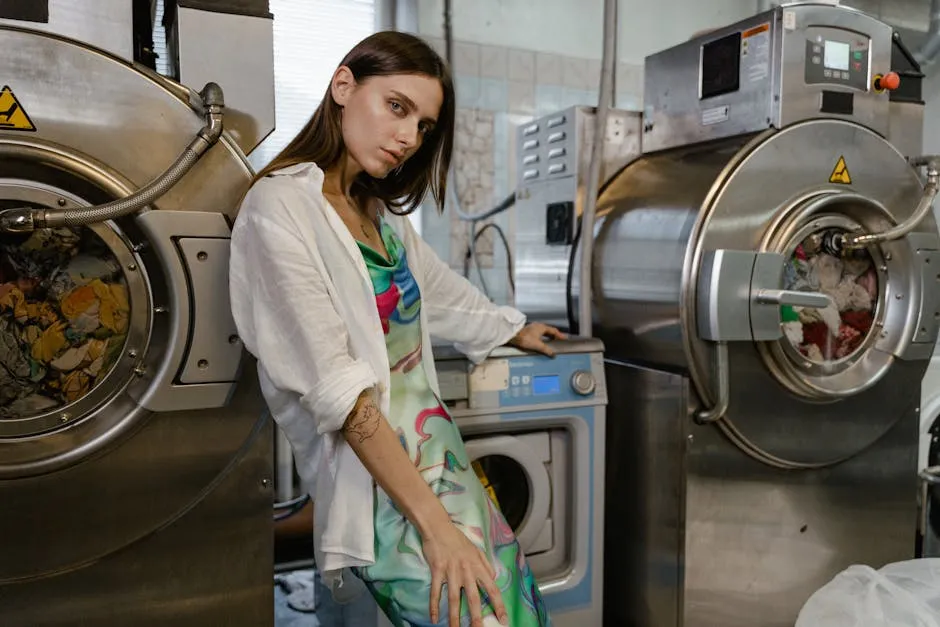
Tips for Successful Composting
What to Compost
Composting is like creating a recipe; you need the right ingredients! Here’s a handy list of what to toss into your compost bin:
Greens: Fruit and vegetable scraps, coffee grounds, and grass clippings.
Browns: Dry leaves, shredded paper, and cardboard.
Avoid putting in the following items:
- Meat, dairy products, and oils. They smell bad and attract pests!
- Pet waste and diseased plants. No one wants those in their compost!
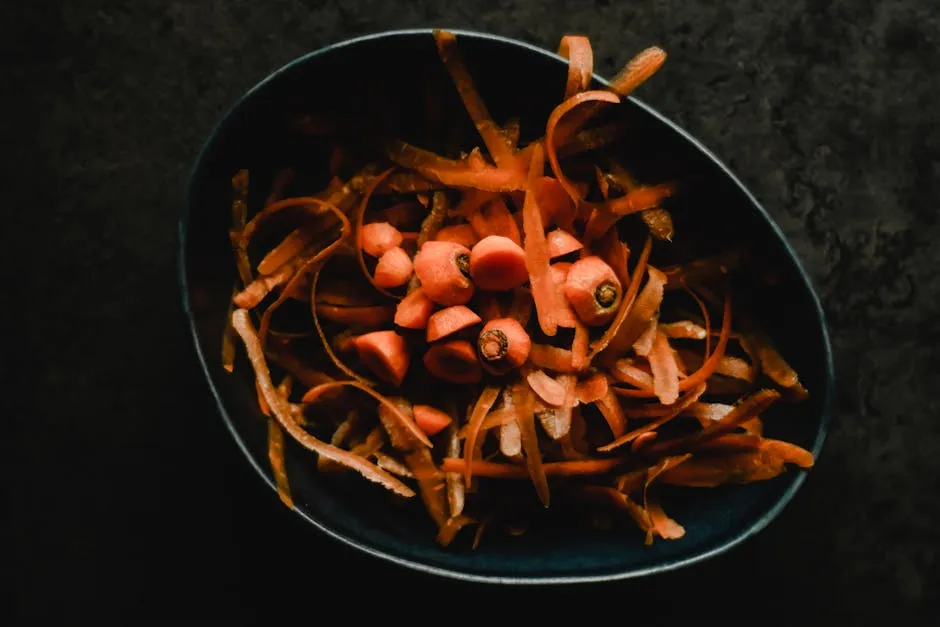
Managing Odors and Pests
Even the best compost can get smelly. To keep odors at bay, layer your greens and browns well. Turn your compost often to aerate it. If you notice a funky smell, it might be too wet—add more browns!
To deter pests, avoid adding meat or sugary foods. You can also bury scraps deep within the compost pile and cover them with browns to keep pesky critters away.

Maintenance and Troubleshooting
Monitoring moisture levels is essential for happy compost. The mixture should feel like a damp sponge—moist but not soggy. If it’s too dry, sprinkle some water. If it’s too wet, add more brown materials.
Signs of trouble include a foul odor or excessive heat. If your compost smells bad, it may be imbalanced. Adjust the ratio of greens to browns. If it’s too hot, turn it more often to cool it down. With a little TLC, your compost will thrive, providing you with nutrient-rich soil. Happy composting!
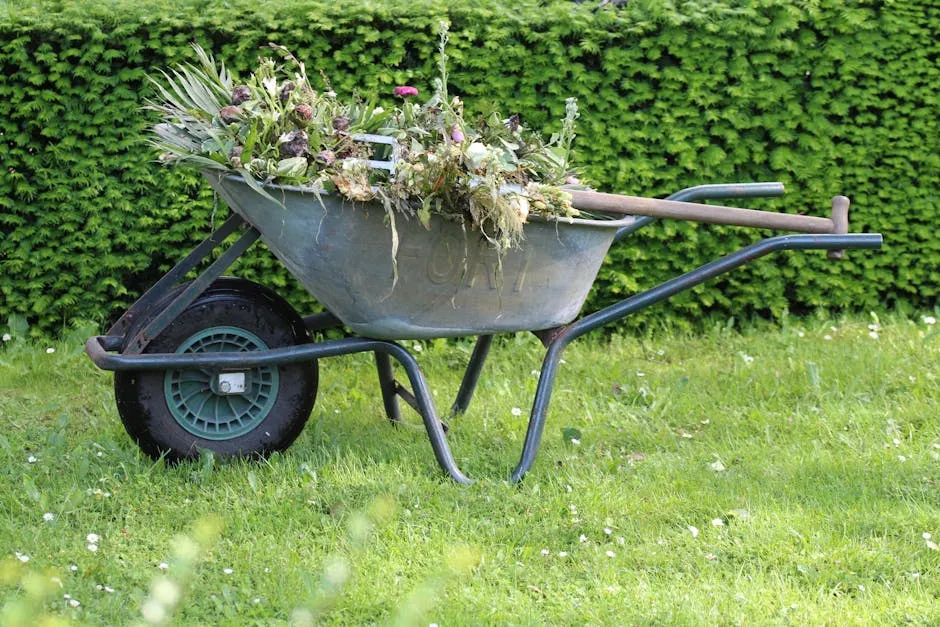
Conclusion
Composting in limited outdoor space is not only feasible but also incredibly rewarding. You can choose methods like vermicomposting or Bokashi, allowing you to contribute to a healthier planet while enriching your soil—all from the comfort of your small apartment or balcony. Picture this: you toss those coffee grounds and veggie scraps into a worm bin instead of the trash. It’s a simple act that packs a powerful punch for the environment!
When selecting a composting method, consider what works best for your lifestyle. If you prefer low maintenance, Bokashi might be your jam. If you love a bit of hands-on interaction, vermicomposting could be your new favorite hobby!
Don’t forget the community aspect. Connecting with local composting groups or neighbors can enhance your composting experience and expand your knowledge. You may even find a compost buddy to share tips and tricks with.
So, get ready to roll up those sleeves, embrace the composting lifestyle, and watch as your little scraps transform into black gold! Happy composting!
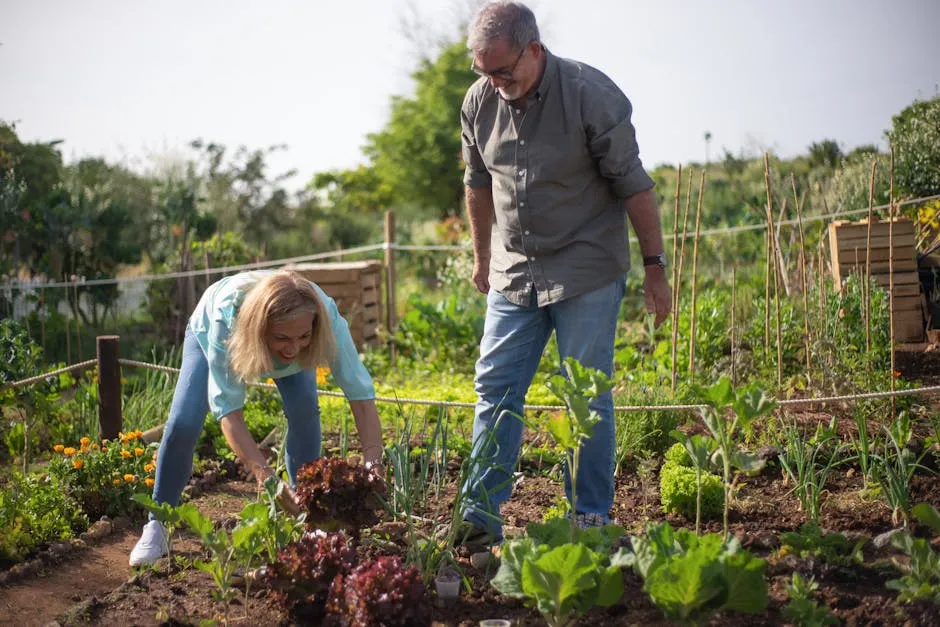
FAQs
Can I compost if I live in an apartment?
Yes! There are plenty of methods tailored for small spaces. Vermicomposting, Bokashi, and even electronic composters can help you process kitchen scraps right at home. Many people successfully compost in apartments without any issues!
What materials can I compost?
You can compost various materials, including: – Fruit and vegetable scraps – Coffee grounds and filters – Eggshells – Yard clippings – Shredded paper (no glossy finishes) Avoid adding: – Meat and dairy products – Oily or greasy foods – Diseased plants – Pet waste
How do I manage odors in my compost system?
Managing odors is easier than you think! Here are some tips: – Balance greens (food scraps) and browns (dry materials) in your compost. – Turn your compost regularly to aerate it. – Keep the compost moist, but not soggy. – Add carbon-rich materials like shredded paper or dry leaves to absorb excess moisture.
How long does it take for compost to decompose?
The timeline for decomposition varies based on the method: – Vermicomposting: 1-3 months. – Bokashi: 2-4 weeks for fermentation, then bury in soil to finish. – Traditional composting: 2-6 months, depending on conditions and materials.
Can I use compost in my indoor plants?
Absolutely! Finished compost is a fantastic addition to your indoor plants. Just remember to mix it with potting soil or use it as a top dressing. It provides essential nutrients and improves soil structure, helping your plants thrive. Happy planting!

Options for Composting in Limited Spaces
Vermicomposting (Worm Composting)
What is Vermicomposting?
Vermicomposting uses worms to break down organic waste. Red wigglers are the stars of the show, munching on your kitchen scraps. They produce nutrient-rich worm castings—often called “black gold.” This method is compact and perfect for small spaces.
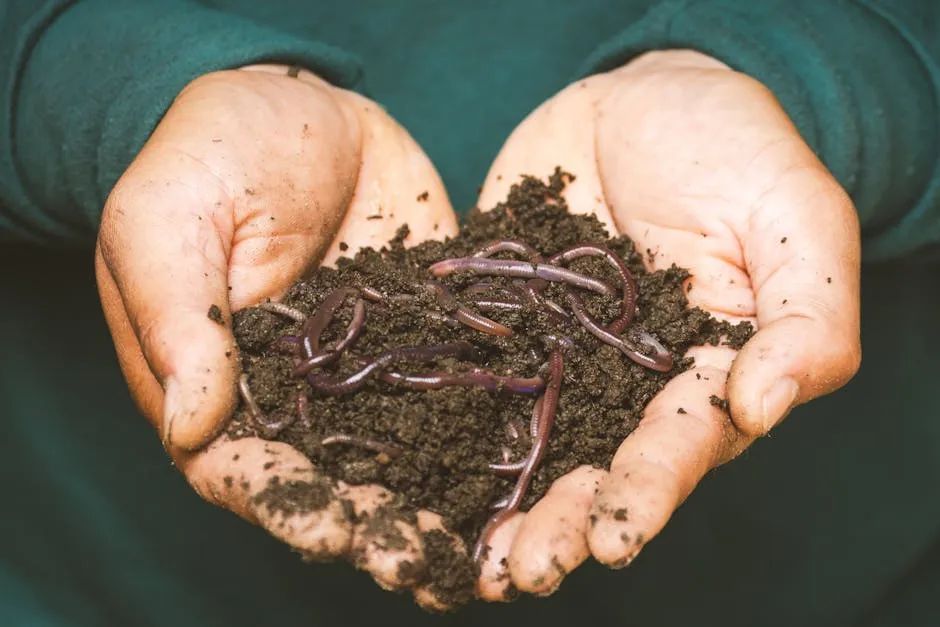
Step-by-Step Guide to Setting Up a Worm Farm
1. Choose Your Bin: Select a bin that’s at least 10 gallons. You can buy specialized worm bins or make your own from plastic containers.
2. Add Bedding: Fill the bottom with shredded newspaper or coconut coir. This provides a cozy home for your worms.
3. Introduce Worms: Add red wigglers to the bedding. Aim for about one pound of worms for every pound of food scraps you plan to compost each week.
4. Feed Your Worms: Add food scraps like fruit peels, vegetable trimmings, and coffee grounds. Avoid citrus and onions, which can upset their delicate balance.
5. Maintain Your Worm Farm: Keep the bin moist but not soggy. Check every few weeks, adding more bedding as needed.
6. Harvest Castings: After a few months, the bottom layer will be rich in worm castings. Use this for your plants or garden.

Pros and Cons of Vermicomposting
Pros: – Space-efficient and great for apartments. – Produces nutrient-dense compost. – Engaging and educational, especially for kids.
Cons: – Requires ongoing care for the worms. – Can attract fruit flies if not managed properly.
Bokashi Composting
What is Bokashi?
Bokashi is a fermentation-based composting method ideal for small spaces. It breaks down food scraps using good bacteria, allowing you to compost items like meat and dairy that traditional composting methods can’t handle. To get started, you’ll need a Bokashi composting kit.

Step-by-Step Guide to Using Bokashi
1. Gather Materials: You’ll need a Bokashi bin (airtight with a spigot) and Bokashi bran, which is inoculated with beneficial microbes.
2. Fill the Bin: Add food scraps to the bin, layering with Bokashi bran. This helps ferment the scraps.
3. Seal and Wait: Close the lid and let it sit for about two weeks. Drain off any liquid (Bokashi tea), which is a great fertilizer!
4. Bury After Fermentation: Once the bin is full, bury the contents in soil or an outdoor compost pile. In a few weeks, it will break down completely.
Pros and Cons of Bokashi
Pros: – Can compost a wide variety of food waste. – Minimal odor if done correctly. – Fast process; scraps can be buried quickly.
Cons: – Requires space for burying the waste. – Needs careful management to avoid smells.
Community Composting Options
What is Community Composting?
Community composting involves neighbors or local groups coming together to share composting resources. It’s a fantastic option for those without outdoor space.
How to Get Involved
1. Find Local Programs: Check for community composting initiatives in your area. Many cities have drop-off locations or organized bin-sharing systems.
2. Join a Group: Get involved with local gardening clubs or sustainability groups. They often have communal composting setups.
3. Set Up a Bin: If you have space in your apartment complex, propose starting a communal compost bin. Share the responsibilities and benefits with your neighbors!

Electric Composting Appliances
Overview of Electric Composting
Electric composters are a modern solution for composting in tight spaces. These appliances quickly break down food waste into compost in just hours or days. They’re perfect for urban dwellers with limited space. Just toss in your food waste, press a button, and let the machine work its magic!
Recommended Models
1. Lomi Kitchen Composter: This stylish countertop unit handles food scraps, including some bioplastics. It’s user-friendly and fast.
2. Food Cycler FC-50: Compact and efficient, it processes various food scraps, turning them into nutrient-rich compost.
3. Zera Food Recycler: Not only does it break down waste, but it also provides a hands-off approach to composting.
Please let us know what you think about our content by leaving a comment down below!
Thank you for reading till here 🙂
All images from Pexels



